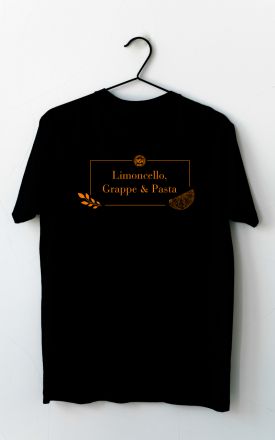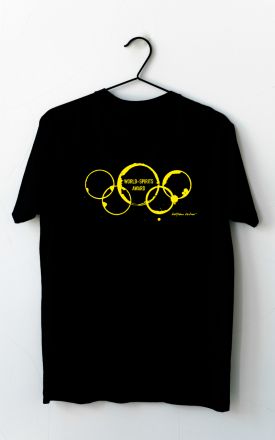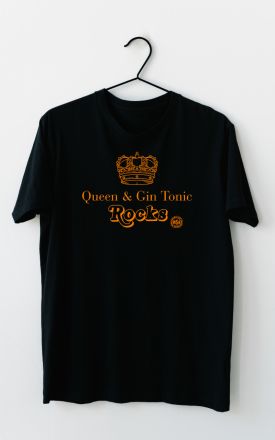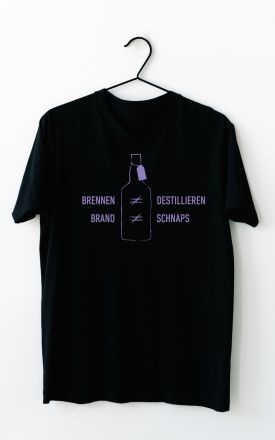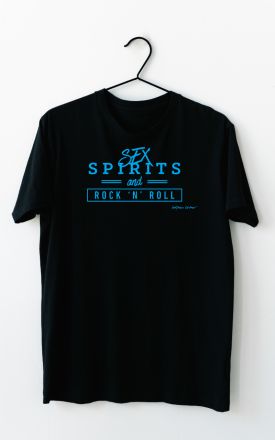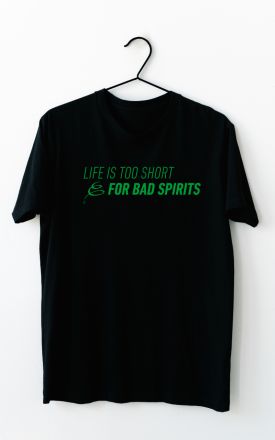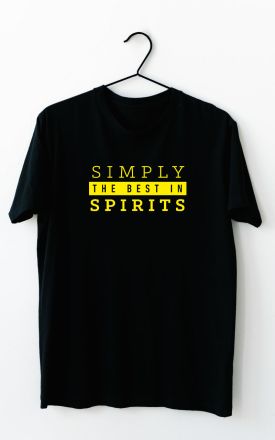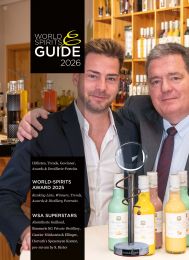How to taste distilled spirits
The rating will take place according to Wolfram Ortner's spirits rating system. This is a 100 point system specifically designed for spirits with five rating criteria
1.1 Procedure for the classification of distilleries
This section concerns the rating of a distillery based on all their products submitted per category.
Using a brandy producer (category fruit brandy) as an example, the requirements are:
1. The distiller must submit at least five products per category for the tasting of the different varieties. He can also submit products for several categories to be classified, for example, as a distillery for fruit brandy, whiskey and gin.
2. The varieties (e.g. category fruit brandy) have to be registered and represented in at least three product groups, for example stone fruit (drupes), pomaceous fruit (pomes), berries, wild fruits, wine products or special varieties. The number of varieties (groups) and variety groups/product groups differs, depending on the individual categories. The average in points of all the products per category is determined for the classification.
3. Distillery classification results from the mean value of the average points of all the varieties from a distillery and the sample with the highest number of points for that category.
4. The three distilleries with the highest number of points per category are moreover awarded the title "World Spirits Distillery of the Year" in gold, silver and bronze. The prerequisite for this is the classification as "World Class".
1.2 The rating system for the classification of distilleries
World Class Distillery: 92 to 100 points
Master Class Distillery: 90 to 91 points
First Class Distillery: 85 to 89 points
Recommended Distillery: 80 to 84 points
Categories gin and vodka:
World Class Distillery: 93 to 100 points
Master Class Distillery: 91 to 92 points
First Class Distillery: 86 to 90 points
Recommended Distillery: 81 to 85 points
The organiser of the event reserves the right to change these point ranges at any time.
2 Awards for the best spirits (Spirit of the Year, etc.)
Every year, the "WSA" is honouring the best products of the different varieties (Spirit of the Year), variety groups (World Spirits Award) and categories (World Spirits Award) (e.g. Williams pear, cognac, rum, vodka, etc.).
In each case, the "World Spirits Award" goes to the producer with the best product of a group in terms of points attained (the prerequisite for this is a double gold) - e.g.: fruit brandy - "pomaceous fruit", fruit brandy - "stone fruit", grappa - "aromatic grappa", etc. (see Point 4.7 : "Categories, groups and varieties") - and the best distillery within a category.
2.1 The rating scheme: The WOB system
A. Criteria
1. Fragrance - Typicality and intensity
This is where the aroma intensity of a product and also the taste typical to its variety are being rated. What makes a fruit rate positively or negatively is determined at the training of the tasters, for example a raspberry can have the taste of citrus fruit, hay, somewhat like marzipan, or simply typically fruity. In the case of spirits with special criteria in terms of production (e.g. grappa with sugar and aromas added), a different product understanding is required. Also, consumers' expectations must also be taken into account in order to facilitate an assessment that is as objective as possible.
It is by the taster's judgement that the product shall be classified, for example, as O.K. (O), or as very good (+).The excellent rating (++) should only be used when more than 95,3 points have been reached. Each (+) of the spirits per category increases the points per category by one. The increase is realistic concerning fragrance, taste and harmony - the rating in the "purity" criteria should only be increased if a very extraordinary product is in question and 99 or even 100 points should be awarded.
2. Fragrance - Purity, deficiencies
Here, the deficiencies in fragrance which negatively affect the results due to a lack of care during production and/or distillation (foreshots, feints, etc.) are addressed. As soon as a product shows even a slight deficiency, it is to be rated with a (- -). If the product passes, then it is to be rated with a (+).
3. Taste - Typicality and intensity
An intensive taste and the typical features of a variety, as well as the density and complexity of a product, are rated positively. "Weak" products or those that are not typical to their variety will be negatively rated.
4. Taste - Purity, deficiencies
Deficiencies in taste are addressed at this point. In all other respect, the procedure is the same as described in Point 2, with products only to be rated with (+) or (- -).
5. Harmony
The general harmony of fragrance, taste, alcohol (as well as wood or sugar) and the density of the spirits are used as a last criterion for the rating and round off the results.
If a product has been rated (- -) in one of the other categories, the same rating must also be assigned for this category as a logical consequence. The only "exception" is an upgrade by one point to (-) if a product has been rated (- -) in the "Purity" category but is perfect in all other respects. Density – Harmony – Length (DHL) will also be used for the valuation.
Coffee distillates
Coffee distillates should generally blend well with coffee. These products distinguish themselves with particular density, length and sweetness. They can be stored in wooden barrels, but can also be distilled using stone fruits, grapes or wild fruits. The criteria of how well the products harmonise in the "Coffee distillates" category is much more strictly assessed than with spirits in other groups.
Cigar distillates
Cigar distillates have to be a perfect accompaniment to smoking - the range of cigars extends from Dominican (light) to Cuban (heavy). The distillates must be stored in wooden barrels and exhibit particular density, length and sweetness. The criteria of how well the products harmonise in this group is much more strictly assessed than in other groups. As alcohol also has an influence, an upper limit of 53% vol. has been set. Spirits that have a higher alcohol content generally go well with cigars - higher proof ones go better with heavy cigars, while spirits with a lower 40% tend to go better with lighter cigars.
B. Assignment of points per criterion
( - - ) Deficient/very weak: 10 points
( -- ) Weak: 13 points
( O ) O.K./good: 16 points
( + ) Very good 19 points
( + + ) Exceptional: 20 points
C. Rating scheme
95.3 to 100 point: DOUBLE GOLD: World class, extraordinary product
90 to 95 points: GOLD: Top product
80 to 89 points: SILVER: Good to very good product
71 to 79 points: BRONZE: Average product
65 to 70 points: Weak or slightly deficient product
Under 65 points: Deficient product
D. Written description
All rating criteria are separately explained in writing for each distillate and presented to the submitting party in the form of a summary.
E. Publication
All spirits rated at 71 points and above will be publicised - spirits rated under this level will not be publicised in order to not damage their companies. In the personal rating report, these results will be stated and sent to the submitting party.


